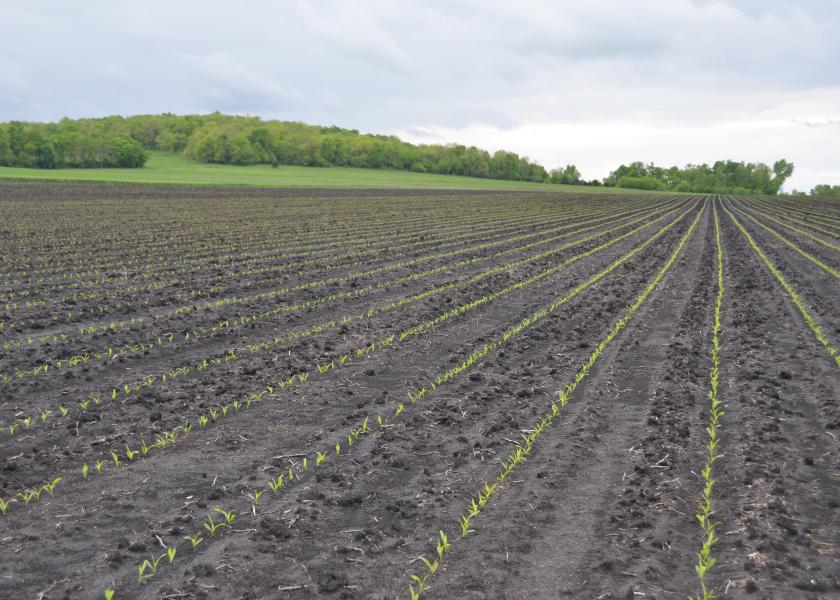Corn Seed Quality and Supplies Look Stellar For 2019

While soybean seed quality is struggling, corn is a beacon of hope for farmers across the U.S. Stellar yields and impeccable purity and quality mean that farmers can expect some of the best seed corn products seen in recent years.
“Our seed quality this year is probably the best it has been in the past five to 10 years,” says Jacob Wyffels, Wyffels Hybrids production manager. "We had significant time isolation from commercial corn in both planting time and flowering, due to the higher than normal temperatures."
While some commercial corn is still standing in fields today, that’s not the case for 2018 seed corn acres.
“Beck’s corn production was good—not record-level—but good,” says Jim Herr, Beck’s processing manager. “Because our harvest was before the anomalous weather of 2018, the quality and quantity were well above our projections.
The seed crop is planted after commercial corn and is harvested in August to early September. Due to the early harvest, most areas avoided detrimental rainfall that could have impacted yield and quality.
Seed quality manifests itself in the following season in germination and emergence.
“We always want to look at both warm and cold germination—those are key,” says Ryan Myers, Pioneer U.S. corn category lead. “We want uniform seed size in each bag and the highest germination possible—95% is industry standard.”
No seed companies are reporting under 95% germination in corn, and many have expressed that some hybrids could test in the 97% range. When planning for this coming planting season take not only the quality in the bag into consideration, but the characteristics of the hybrid, too.
“The biggest thing is to just remember why you planted each hybrid,” says Eric Boersma, Syngenta corn seed product manager. “There will be a hybrid that disappoints and one that shines—manage fertility and remember the reason you planted that hybrid in the first place and how Mother Nature interacted.”
When it comes to Mother Nature, do what you can to stay ahead of her.
“As we look at the outlook for spring, it’s similar to last year and maybe even wetter,” says Mike Kavanaugh, AgriGold agronomy manager. “So whether it was last year, next year or over all the years in my career, what puts you ahead is making sure that planter is ready to go when you get a window of opportunity with a nice warming trend; then it’s time to get your seed in the ground—providing that the calendar says it is.”







